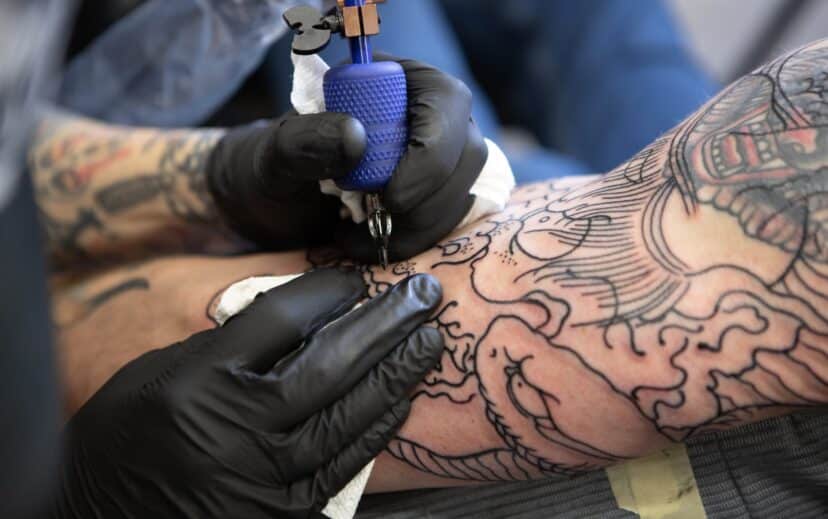Tattoos serve as a means of self-expression, showcasing one’s autonomy over their body. Numerous individuals opt for specific tattoos due to their significance and link to significant pop-culture instances, such as a celebrity depiction, a beloved TV show character, or an insider reference. This was the case when Kat Von D tattooed a portrait of Miles Davis on a former colleague’s body. The photographer who took the photo of Davis in 1989, Jeffrey B. Sedlik, sued Von D for copyright infringement in 2022 in the first major lawsuit to determine whether tattoos fall under the scope of U.S. copyright law.
The copyright infringement trial began on January 23, 2024, and lasted only a short while before Kat Von D was named victorious. Jury deliberation took less than three hours on January 26, 2024, and despite the anticipation of a fair use defense, Von D won without it.
At trial, the main problem was one of substantial similarity—whether Von D’s tattoo was an unlawful appropriation of Sedlik’s copyrighted photograph. A successful argument for copyright infringement requires the plaintiff to show: (1) the defendant copied the work, and (2) the copying constituted unlawful appropriation. The term, “substantial similarity,” has been referred to in both steps of evaluation, which creates some confusion for juries. However, in the Sedlik v. Von Drachenberg case, it was obvious that Von D satisfied the first step and copied the work. Thus, the leading issue was whether Von D’s tattoo was substantially similar to Sedlik’s photograph to the point of unlawful appropriation.
The 8-member jury found that it was not. After filtering out any elements that were unprotected by copyright due to Miles Davis’s likeness, the jury held that the remaining elements of the photograph were not appropriated by Von D’s tattoo. Despite Judge Fisher’s ruling that a tattoo is not transformative solely because it is on a body, the work of Von D was different enough to not put the jurors on notice of copyright infringement.
As for Von D’s social media posts featuring Sedlik’s photograph, the jury wrapped up their verdict by saying the posts qualified as fair use. It may have helped that Von D’s inkwork was done for free and her posts did not impact the market, one of the fair use factors, for Sedlik’s photo. Overall, this first-of-its-kind infringement case gives significant deference to tattoo artists and their lively creations.
In a win for the tattoo industry, Kat Von D has laid the foundation for artists across the nation, who are unsure of their rights when inking images. Only time will tell if this issue arises again.
Conclusion
Body autonomy and creative liberty are critical values, but it’s important not to overlook the protection of original creators. Personal expression can still acknowledge and respect the contributions of others. Tattoo artists must exercise care to ensure they don’t infringe on any copyrights, just as any other artist, photographer, or fashion designer would.
All artists, including those specializing in tattoos, can benefit from expert legal counsel to explore available options when creating new work, aiming to mitigate or eliminate potential liabilities.
Contributions to this blog by Kara Manuud

